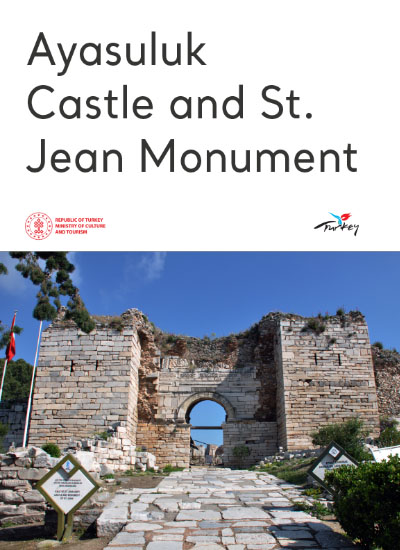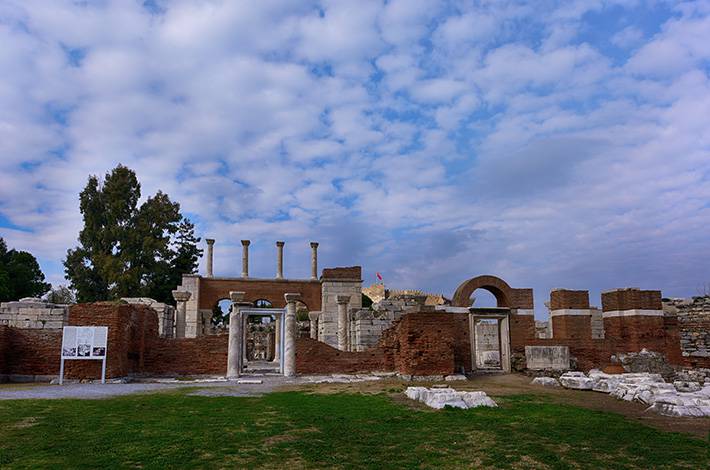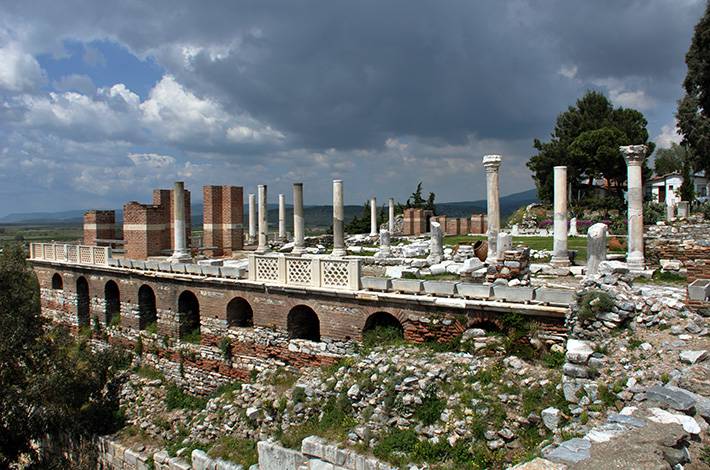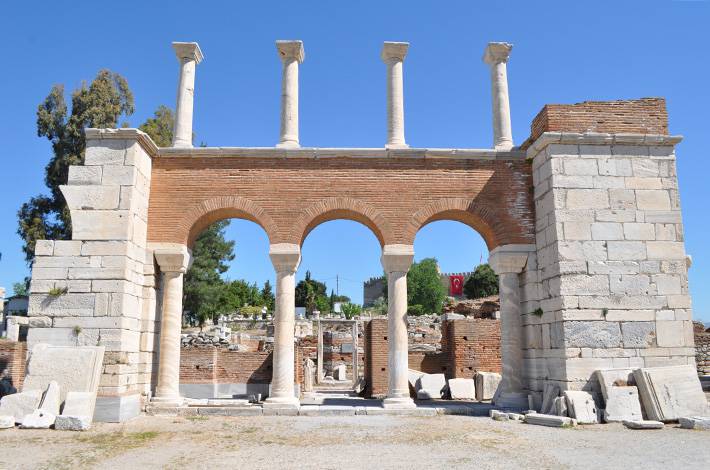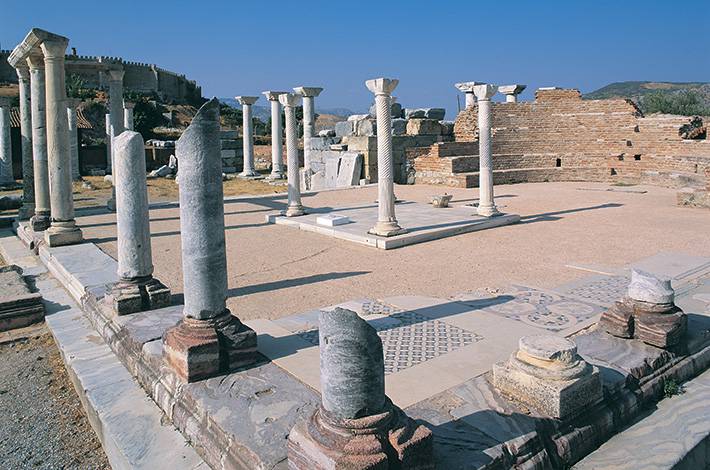St. John is one of the twelve apostles of Jesus Christ and a significant figure in Christianity. He is also known as 'John the Apostle' and is believed to have written 'The Gospel of John' in Ephesus. The basilica constructed on his grave is a significant testimony to the early Christian era. Following the crucifixion of Jesus, St. John, his favoured disciple, is said to have taken the Virgin Mary to Ephesus, as he believed it would have been unsafe for her to remain in Jerusalem. It is believed that the Virgin Mary resided with St. John in his stone house on Mount Koressos for the remainder of her life, until she passed away at the age of 101. It is also believed that St. John buried her somewhere on the mountain, the exact location of which is known only to him. The Basilica of St. John was constructed by the Byzantine Emperor Justinian in the 1st century on the burial site of St. John. It was one of the largest structures of its time, featuring a six-domed church with the Tomb of St. John at its center. The dome is supported by 12 columns, and the baptistery, which dates back to the 4th century, has a door that is well worth visiting. Following the spread of Christianity in the 7th century, the people of Ephesus relocated to Ayasuluk, where the Basilica of St. John served as the Episcopal Church. While You Are Here The Ayasuluk Castle, located within the St. John archaeological site, is a must-visit. The hill on which the castle stands has been inhabited since the Neolithic period until the end of the Ottoman Period. The tower and city walls have been partially restored. Additionally, the ruins of the Ottoman palace, Hamam (Turkish bath), and mosque are also worth exploring.
BASILICA OF ST. JOHN
